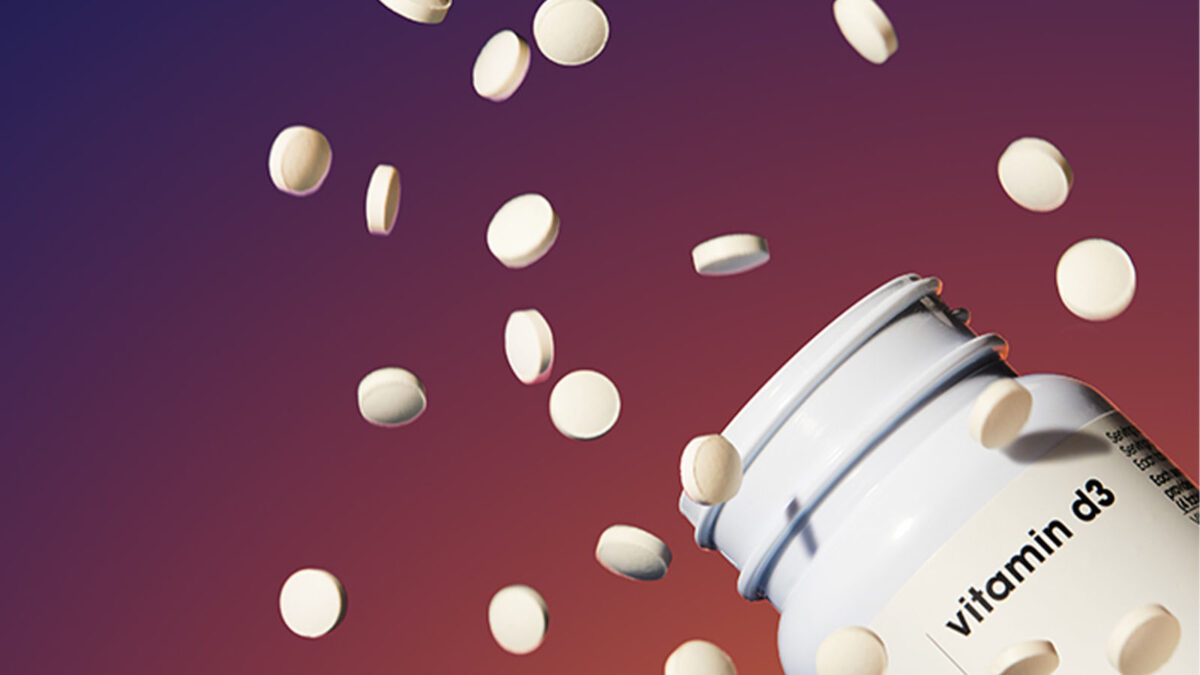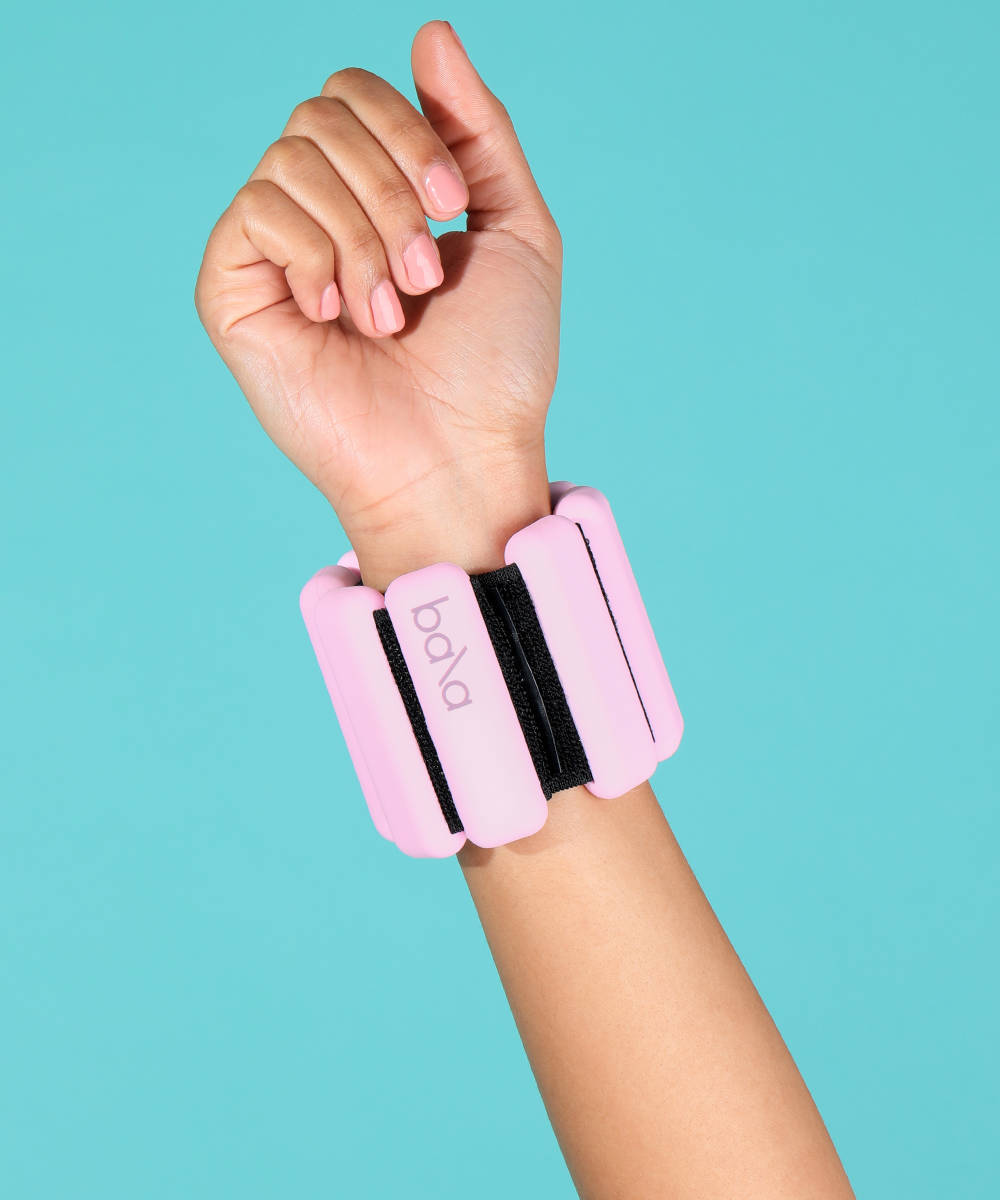SAD – you may have heard about it, but you might not be too sure what it actually is. SAD, or seasonal affective disorder, is a type of depression that usually occurs or is more apparent during the winter months. Rather than just struggling to get up in the morning because it’s dark outside, SAD can have some more serious side effects such as persistent low mood, feeling lethargic, and wanting to sleep a lot more than usual.
The root cause of this is down to hormones – specifically melatonin and serotonin, your sleepy hormone and your happy hormone. For people with SAD, melatonin levels may be higher than normal, hence the tiredness, whereas serotonin may be reduced as a result of the lack of sunlight, which can be linked to feeling low.
Another crucial factor when it comes to SAD is the circadian rhythm, AKA your body clock. Due to the daylight hours being reduced during winter, your body clock falls out of sync, which in turn can make you feel off kilter.
Although we definitely won’t claim to have the cure, we have got a few tips and tricks that can help to make a difficult time a little easier. Keep reading to find out what we recommend but as ever, if you’re really struggling, make sure to have a chat with your GP.
Get outside as much as possible
There’s a reason why you always feel your best when laying on a beach in the sunshine – not just down to the fact that you’ll probably have your out of office turned on, but because sunlight can have a massive effect on our moods. With the daylight hours being reduced during winter, this can lead to feelings of depression and tiredness, so it’s important to soak it up whilst you can. Get out on a walk, explore the outdoors, or simply sit in the garden or the park.
Supplement with vitamin D
From October to early March, there isn’t enough sunlight or UVB rays for our skin to be able to make the vitamin D that we need, leading to a vitamin D deficiency. You can supplement your vitamin D intake through your diet, by introducing foods such as oily fish, red meat, and eggs. If you’d rather take supplements instead, then we recommend Solgar Vitamin D3 1000 Iu (25 Mcg) Chewable Tablets – these tablets will help to keep your levels topped up.
Exercise
Exercise releases endorphins, which can help contribute towards improving feelings of low mood, stress, as well as helping cognitive function. Admittedly, going out in the freezing cold and rain for a run may not be top of the list, so why not try out a home workout instead? From wrist weights to resistance bands and skipping ropes, we have everything you need to set up your routine at home.
Light therapy
Another popular technique for alleviating symptoms of SAD is light therapy. Light therapy lamps mimic the sunrise and sunset during darker months, helping you to wake up naturally and fall asleep easily, as if it was summer outside.
Socialising is key
When you’re not feeling your best, it can be tempting to shut yourself away and avoid socialising for a while. We know it’s easier said than done, but getting out with your friends or going for a catch up really can work wonders for your mood. It’s also important to chat about how you’re feeling with the people closest to you, so that they can give you a helping hand if you need it.



